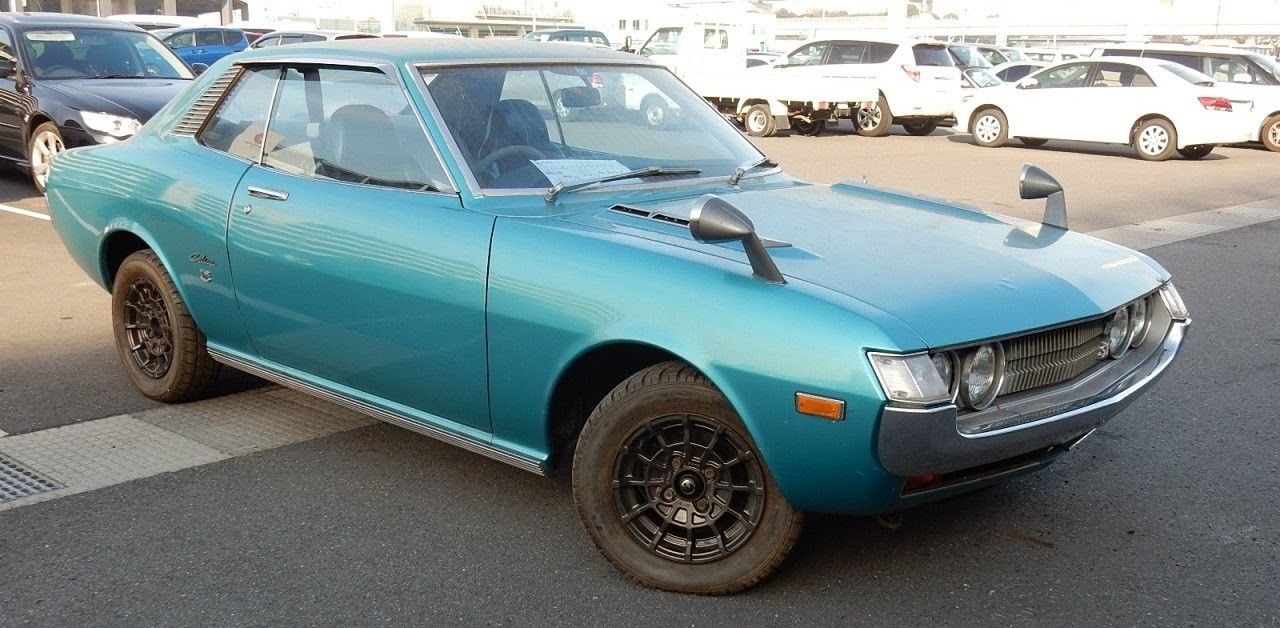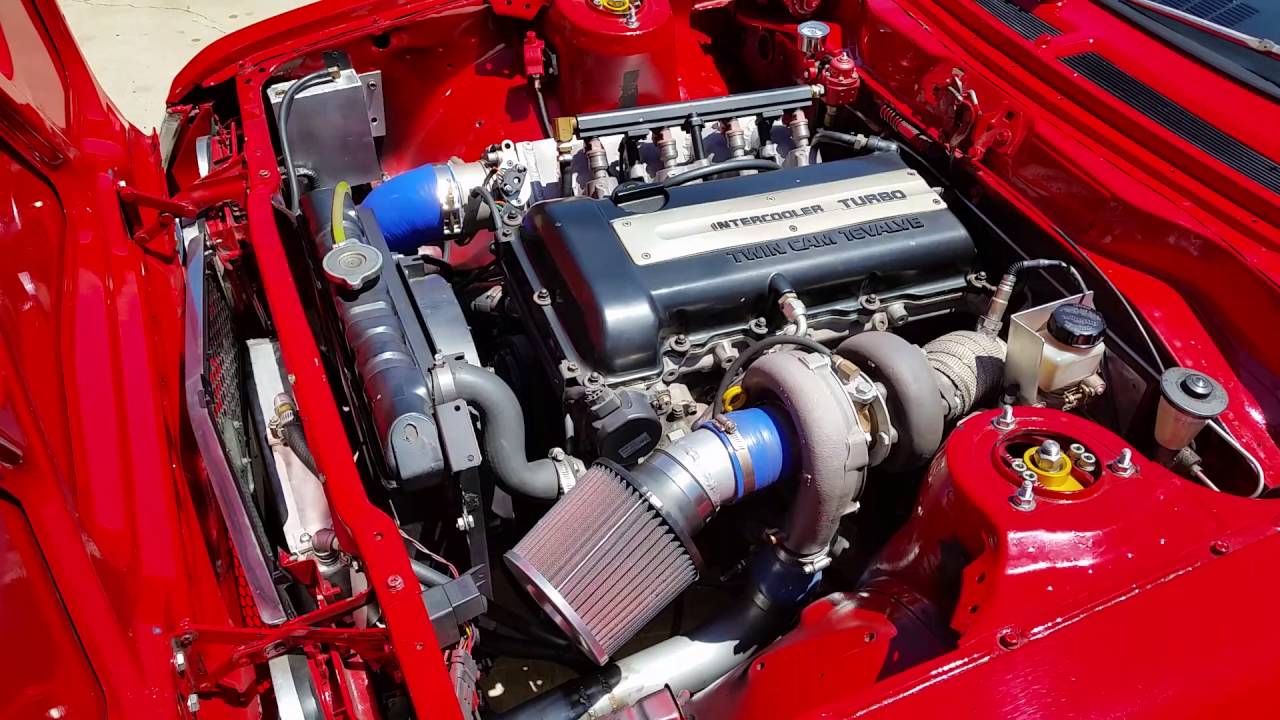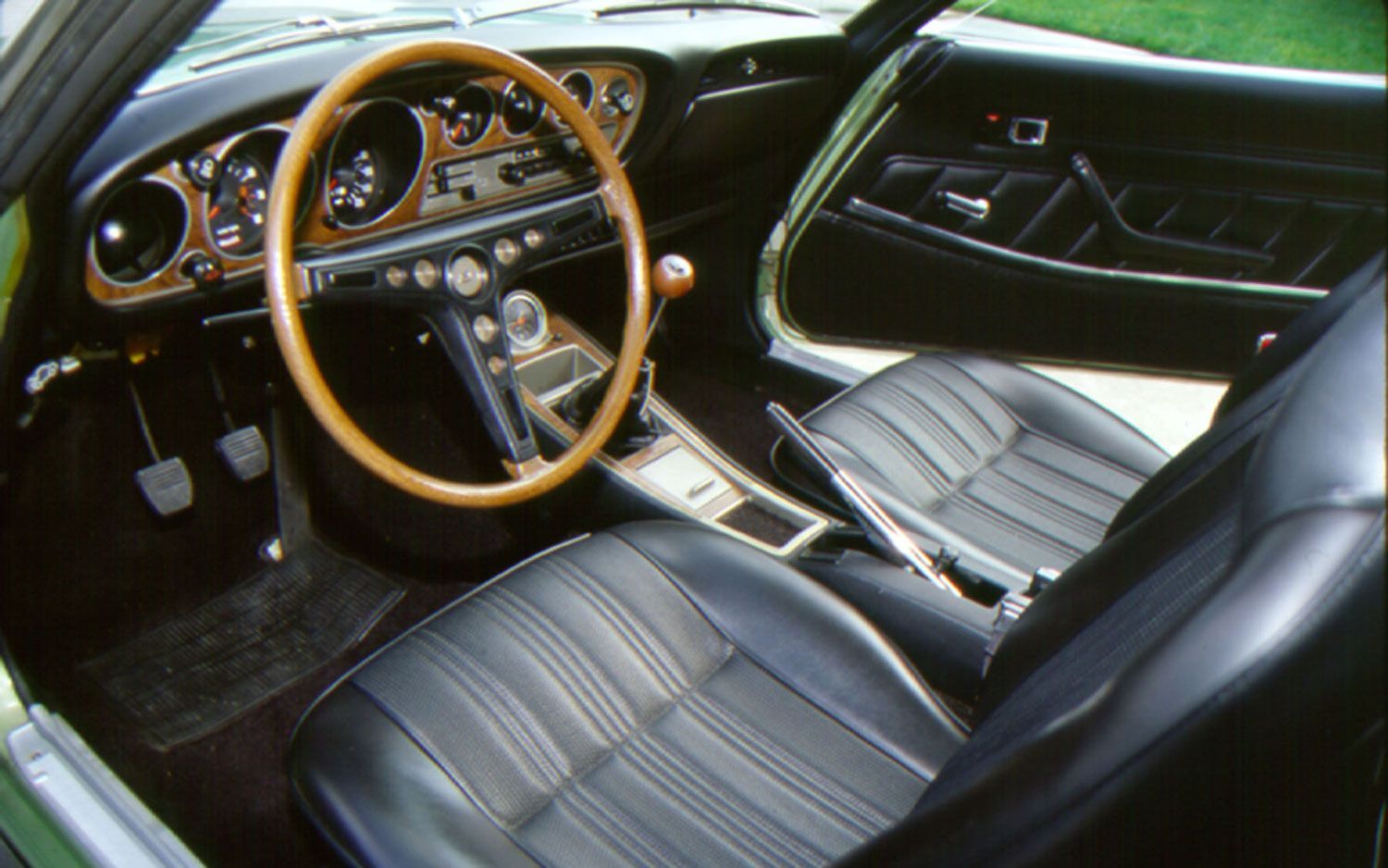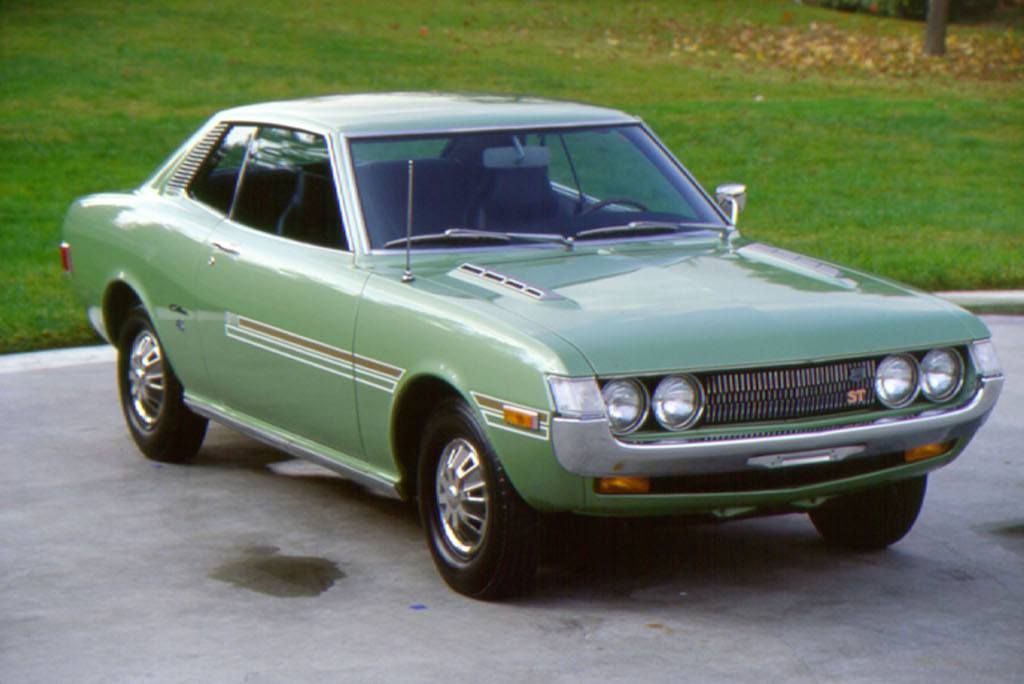The 90s were the decade when the import tuning scene in America hit its apex, so it made sense that vehicles manufactured before that time be considered revered classics—respected forerunners, more precisely. It's already been 30 years since the 90s, but for now, it can even be assumed that in 10 years, the cars from the 90s may as well be deemed as old-school.
The 1971 Celica is a quirky and charming car that may not have established a great legacy of its own. This may actually be a delight to the car's original creators, who always seemed to imagine it less as a real performance car and more as a charming and fun runabout. It was never a competitor to the Mustang as it became more of a spiritual successor to the stylish and relatively slower Mustang that first debuted in 1964.
While so many cars of this era have become classics in their own right after being revisited decades later, hardly any such wave of nostalgia rouses for the Toyota Celica. It remains what it was in 1971, a car with a charming look that quickly reached its modest aspirations as a fun, reliable sports sedan with no real ambition of doing any more than that. While the Datsun 510 that preceded it in 1968 has become an icon, the Celica still remains a novelty. It is more famous as the first-in-line vehicle that would inspire both the Supra and the monstrous Celica rally cars of the early 1990s than it is in its own right.
Despite being one of the finest automobiles of its era, the Celica remains largely forgotten. Here's a glimpse at what makes the 1971 Celica a praiseworthy classic.
Celica's Best-In-Class Specs
The 1970 model was larger and had a slightly bigger 1.2-liter engine with 73 net horsepower, which supported an optional automatic transmission. It was also the second best-selling imported car in 1970. In 1971 it went up to a 1.6-liter engine. To cater to the international market, the horsepower increased to 100 (102 HP, 75 net). The '5' in the new SR5 option stood for the five-speed manual transmission, which was a rather sight on the roads back then. The car only weighed 1,566 pounds, so it was relatively quick for the class. Celica was built around Toyota's high-performance inline-4 engine, which made it even more powerful.
Buyers could choose between a fastback coupe and a four-door sedan with a starting price of $1,830, which was a real bargain. It had the period-typical solid rear axle, with rear leaf springs; the independent front suspension used struts. Brakes were drums all the way around, and the wheels were just 12 inches in diameter and 6 inches in width. The car was 153 inches long and 59 inches wide, with a 90-inch wheelbase. The interiors were of high quality; however, the bodies tended to catch rust quickly.
The Car's Superior Build
Corollas have generally been appreciated for their interior, although that is in regression now too. Back in '71, it offered a remarkably pleasant place to be, considering how small and light it was. The incredibly roomy back seat was surprising for a tiny RWD car.
Usually in critical supply in cars of the size, and the interior carpeting as standard, high-quality vinyl was used to cover the seats and door panels, and the whole package was coordinated in pleasing colors. The instrument panel was attractive and highly functional as well.
Toyota's Unprecedented Long Run Of Celica
Considered to be the perennial competitor to the Honda Prelude, the Toyota Celica was an I4-powered coupe introduced several years before the Prelude. Breaking down Celica's word means 'heavenly' or 'celestial' and seems to inspire light and airy composition.
The Celica was produced for an exceptionally long run, spanning from 1970 to 2006. In its 36-year span, the coupe was continually upgraded to match the style of the times. Eventually, as SUVs ascended and compact sports cars waned in popularity, changing tastes led to the end of the line for the Celica.
Lots of early Celicas were modified; their large sales numbers, worldwide distribution, and basic mechanical simplicity led to all manner of modifications, some of which proved to be quite successful.
While the early Crowns made little impact, the Land Cruiser had become an off-roading favorite (and actually sustained the company while the Crown floundered), the 1966 Corona became a modest hit, and the 1968 Corolla brought the company to the fore as a builder of sturdy yet inexpensive economy cars.
At home, the Sports 800 and the 2000GT two-seaters, neither of which were built in sufficient quantity to make much of a sales impact, were of great interest to the company. Toyota's strength with Celica and most of its other automobiles has lied in constant improvements to provide the best product in its newest generations.




